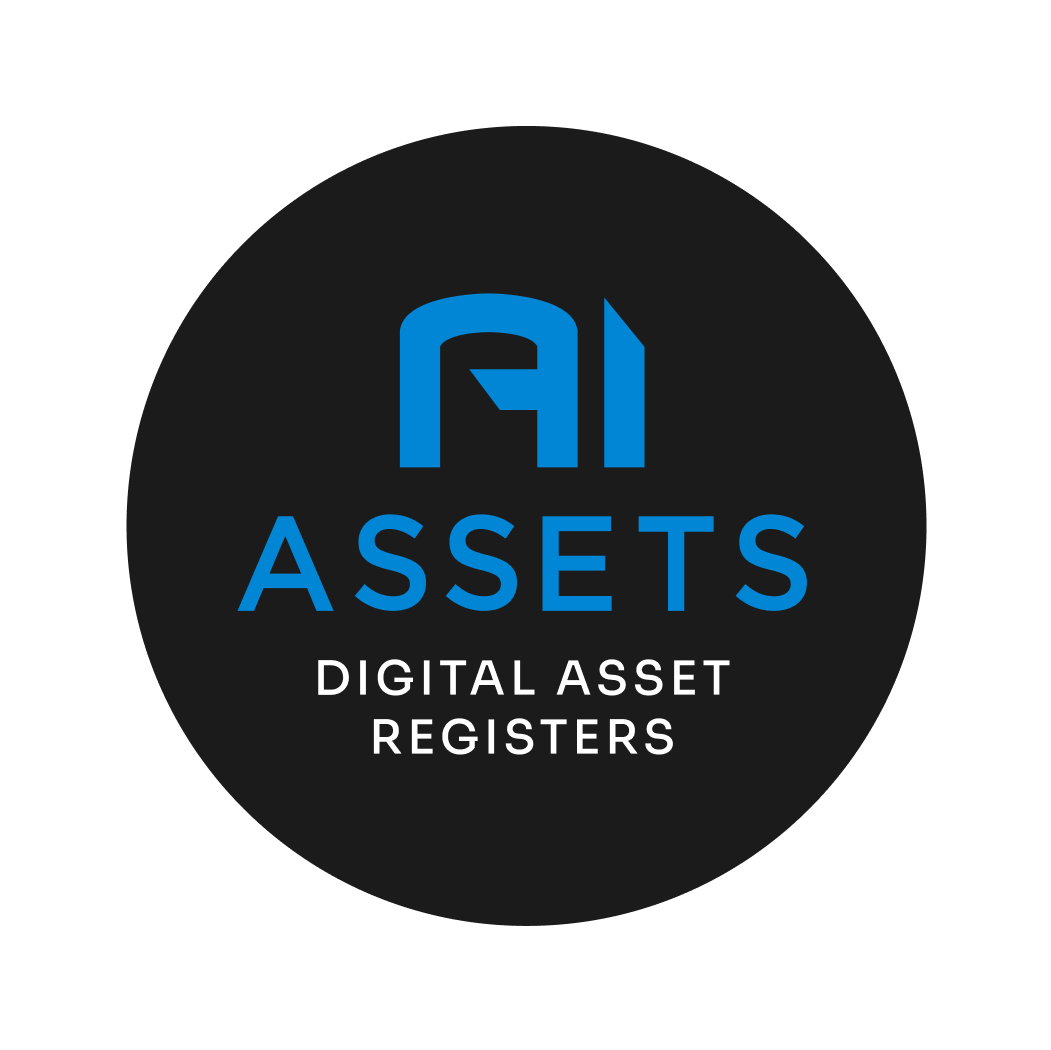Introduction
Managing assets efficiently in high-security environments is a significant challenge, especially in mission-critical data centre facilities where discretion and accuracy are paramount. Ai Assets recently partnered with CBRE to conduct a comprehensive asset tagging and verification project in Japan. This case study highlights how Ai Assets’ structured asset management solution not only streamlined operations and improved data accuracy but also successfully navigated language barriers and the discreet nature of the project.
Key Project Stats:
- 4,800+ assets captured
- 10 days onsite to complete the project
- 40% cost savings compared to previous attempts by another provider
- 1 site visit, compared to 3 visits required by the previous company (whose work remained incomplete)
Project Background & Objectives
Before engaging Ai Assets, the client had struggled to capture high-quality asset registers. Previous companies required multiple visits—three separate attempts—to complete a similar project, and even then, the data remained incomplete and unreliable. This led to inefficiencies in maintenance planning and compliance, creating unnecessary risks and additional costs.
Ai Assets was brought in to provide a structured, efficient, and accurate asset register for a large data centre, including the tagging of specific assets to streamline maintenance and pre-emptive servicing for the facility management team onsite.
In just 10 days onsite, Ai Assets successfully tagged and verified over 4,800 assets, including electrical, hydraulics, plumbing, HVAC, doors, and lighting systems. This was achieved in a single visit, with a 40% reduction in costs compared to previous providers.
The project was structured to be completed within a strict 2-week timeframe, based on the asset quantity and site sizing referenced in the site plans provided to Ai Assets. The goal was to ensure that all possible details and assets were captured during the site visit.
The Ai Assets team utilised its digital asset register to accurately catalogue and manage all assets on-site. Additionally, barcodes were applied to all assets, enabling quick and efficient identification, reducing human error, and streamlining asset tracking for future maintenance. This software-driven approach ensured seamless asset tracking, improved data accuracy, and streamlined future maintenance operations while maintaining the discretion required for a highly secure environment.
Key Benefits & Results
1. Enhanced Asset Visibility & Data Accuracy
By implementing Ai Assets’ digital asset register, the team ensured that all assets were systematically categorised and digitally recorded. This significantly reduced asset duplication errors and enhanced data integrity across facility management platforms.
2. Improved Efficiency in Asset Management & Maintenance
The implementation of barcodes on all assets allowed for faster identification and retrieval of asset details, significantly reducing the time required for inspections, servicing, and maintenance scheduling. This automation not only improved efficiency but also minimized the risk of data entry errors, ensuring a more reliable asset management process. With a well-organized inventory, facility managers can now locate and maintain assets more efficiently, reducing downtime and optimising resource allocation.
3. Streamlined Compliance & Reporting
Data centres operate under strict compliance regulations. Ai Assets’ system provided a structured approach to documentation, ensuring compliance with regulatory requirements and simplifying audit processes.
4. Navigating High-Security & Discreet Asset Location
Working within a data centre, the team had to navigate through highly restricted areas where asset locations were discreetly positioned to maintain security. Many assets were difficult to access, requiring careful coordination with on-site teams while ensuring minimal disruption to operations and staff. Ai Assets’ structured approach allowed the project to be executed efficiently without interfering with the facility’s critical functions, maintaining business continuity while achieving accurate asset tracking and documentation.
5. Overcoming Language Barriers & Cultural Challenges
Operating in Japan presented unique linguistic and cultural challenges. Effective communication between the Ai Assets team and local staff was crucial for accurate data collection and coordination. We worked closely with our client, treating the project as a true partnership to ensure the best outcomes. By fostering collaboration and adapting to on-site requirements, our team successfully navigated language barriers and cultural differences, ensuring smooth project execution and optimal results.
6. Scalability & Future-Proofing
The Ai Assets methodology provides a scalable solution for future projects. Standardised asset categorisation allows seamless expansion across multiple properties, improving long-term facility management strategies.
Client Testimonial
Working with Ai Assets on an asset verification project in Japan was seamless.
What stood Ai Assets out was they didn’t just talk the talk, they walked the walk. Whether this was kick-off meetings, communication during the project or the QA at the end, it all went as planned, which was a great relief for both CBRE and the end customer.
John Flack – APAC Capacity Manager CBRE, Sydney
Conclusion
The CBRE Asset Tagging/Verification project in Japan showcased Ai Assets’ ability to overcome complex security, discretion, and communication challenges while delivering a highly efficient and structured asset management solution. By implementing a scalable and standardised system, Ai Assets provided a comprehensive, accurate, and compliant asset inventory despite the obstacles faced.
As Ai Assets continues to expand globally, this project stands as a testament to the power of structured asset management in optimising facility operations, ensuring compliance, and enhancing overall efficiency in even the most challenging environments.


